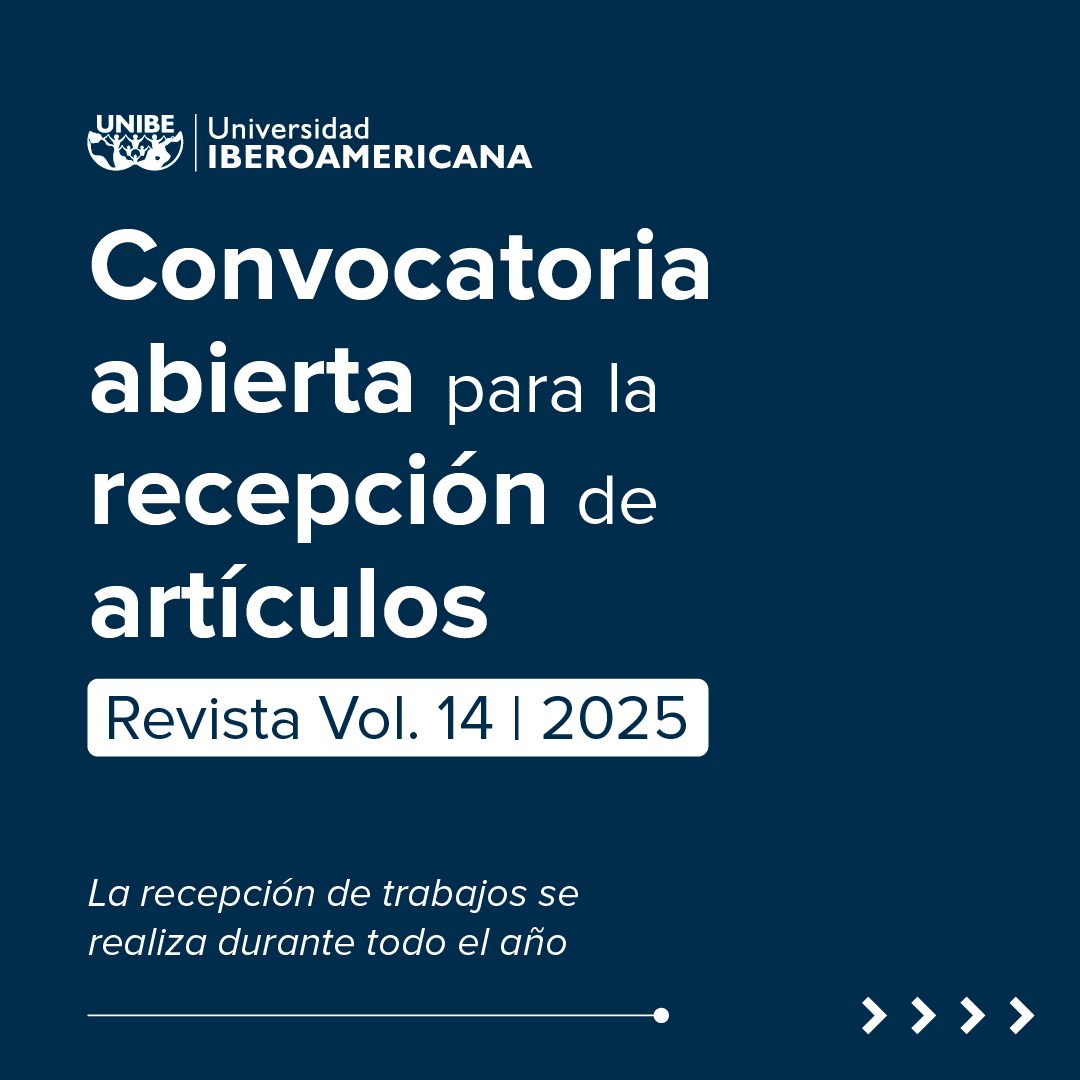Use of literary figures in Dembow’s compositions
DOI:
https://doi.org/10.26885/rcei.12.1.67Keywords:
Dembow, literary figures, urban musicAbstract
This research study takes music and its literary input as a reference, in addition to its social content, in this case, the dembow that was consolidated in the Dominican Republic from the second decade of the century. XXI with exponents such as Monkey Black, Secreto, El Mayor, El Alfa, Mozart la Para, La Materialista and Pablo Piddy. For this descriptive study, a checklist was drawn up with literary figures classified into phonics, thought and tropes, then the instrument was applied to each of the ten songs selected under the criteria of time, genre and visits on You Tube. This was made with the objective of characterizing the use of literary figures in the selected dembows. The study concludes that dembow is a literary expression in substance and form, due to the use of figures and its persuasive content, its consumers are exclusive and its lexical heritage is limited, for this reason they use figures of repetition more frequently. Finally, it should be instructed so that the songs have more literature and less transgressive content, due to their influence on the thinking of young people in the Dominican Republic.
Downloads
References
Cruz, A. (2018). La redefinición de géneros musicales y la conciencia social en la poética de Calle 13. Revista Ístmica, (21), 51-70. https://bit.ly/37c7JI3
Eagleton, T. (2016). Una introducción a la teoría literaria. Fondo de Cultura Económica. https://bit.ly/3OPuEtE
Ellis, V. D. (2020). Pronunciando Sonic Dominicana: Mujeres e Intérpretes Queer de la Música Urbana. https://goo.su/jCJl
Fellone, U. (2021). Los géneros musicales en las músicas populares urbanas y su dimensión temporal: estado de la cuestión y propuestas para su análisis. Números, 25(49), 61-83. https://doi.org/10.7764/res.2021.49.4
García Sánchez, L. (2021). Estilo y paráfrasis en el Anacreón castellano de Quevedo: el uso del tropo y la figura. Janus: Estudios Sobre El Siglo De Oro, 10, 350-378. https://doi.org/10.51472/JESO20211019
García-Cruz, S. (2017). Análisis de las Técnicas de Traducción y las Figuras Literarias aplicadas a la versión en español del cuento Le Petit Prince (El Principito). Perspectivas Docentes, 28(65), 46-54. https://doi.org/10.19136/pd.a28n65.2658
Hernández, R., Fernández, C. y Baptista, M. (2010). Metodología de la investigación. (5a ed.). Fondo de Cultura Económica.
Lantigua, F. R. (2019). Music Consumption in the Dominican Republic: Technological Changes, Uses, and Gratifications. Rochester Institute of Technology. https://bit.ly/3FaEWQE
Mahlamäki, K. (2017). Una vaina bacana: Actitudes lingüísticas hacia las palabras distintivas dominicanas a través de la música urbana. https://tinyurl.com/y6bbayrc
Marshall, W. (2008). Dem Bow, Dembow, Dembo: Translation and Transnation in Reggaeton. Lied Und Populäre Kultur / Song and Popular Culture, 53, 131-151. http://www.jstor.org/stable/20685604
Martínez Ezquerro, A. (2014). Innovación metodológica en educación literaria: aprehender figuras retóricas. Didáctica (Lengua y Literatura), 26, 263-283. http://dx.doi.org/10.5209/rev_DIDA.2014.v26.46847
Martínez, H. P. (2018). Historia y literatura. Relaciones Estudios de Historia y Sociedad, 31(123), 281-287.http://dx.doi.org/10.24901/rehs.v31i123.641
Ocaña Molinero, N. (2020). Registro coloquial/vulgar y jerga urbana en traducción francés-español: análisis lingüístico, sociolingüístico y estudio de caso. http://hdl.handle.net/10854/6904
Pérez Córdoba, A. L., y Moreno Pineda, V. A. (2014). “La araña que el idioma daña”. Formas de lo risible en la lírica de Calle 13. Cuadernos de Lingüística Hispánica, (24), 43-60. https://goo.su/sc0eHj
Real Academia Española. (2021). Diccionario de la lengua española (23ª ed.). RAE - ASALE. https://dle.rae.es/metodolog%C3%ADa
Salcedo Rementerio, J. M. (2021). Las batallas de freestyle como ejercicio de creatividad lingüística: Análisis lingüístico del uso de las figuras retóricas. Lengua y Sociedad, 20(1), 49-69. https://bit.ly/37aIjKG
Sánchez Vincitore, L. V., y Veras, C. (2021). Lírica con pinta, flow y metáforas. Ediciones SM; USAID. https://tinyurl.com/y4u8tlzx
Villafuerte Cuisano, D. (2018). Figuras Literarias: Imagen, metáfora, símil. http://dspace.unitru.edu.pe/handle/UNITRU/12111
Villanueva Pérez, D., y Vidal Simonó, Y. (2019). Recursos expresivos del lenguaje. Algunas consideraciones teóricas-metodológicas. Atlante Cuadernos de Educación y Desarrollo. https://bit.ly/3swOpgb














